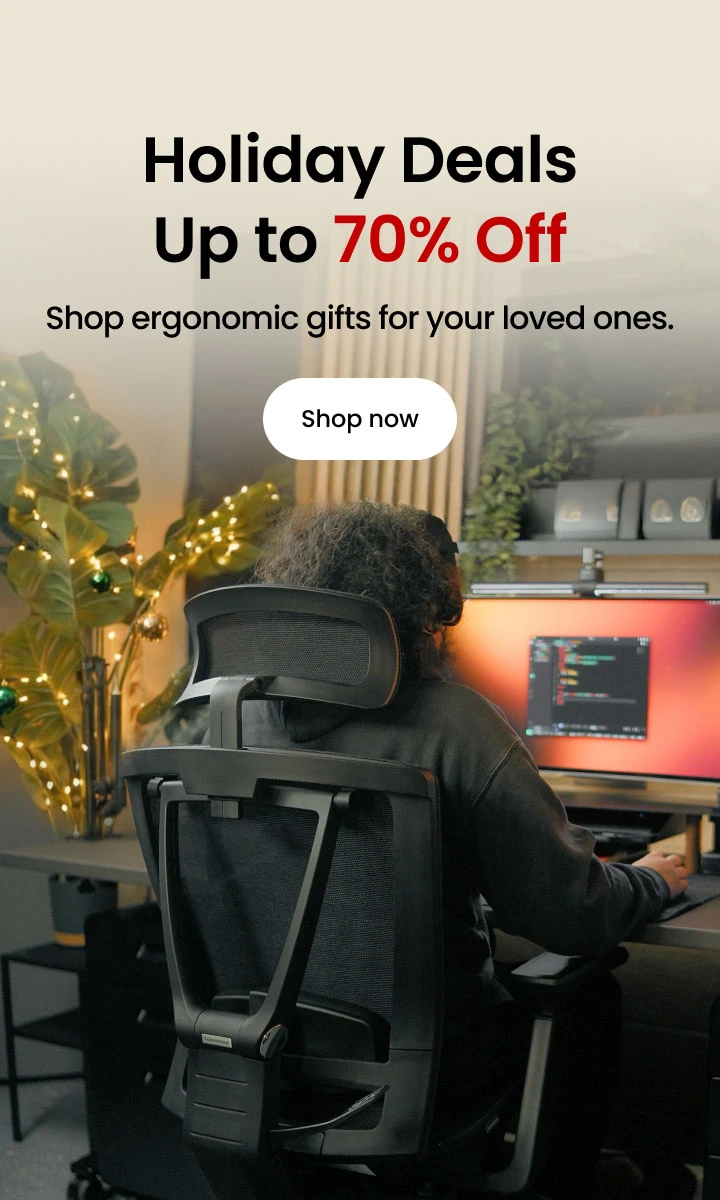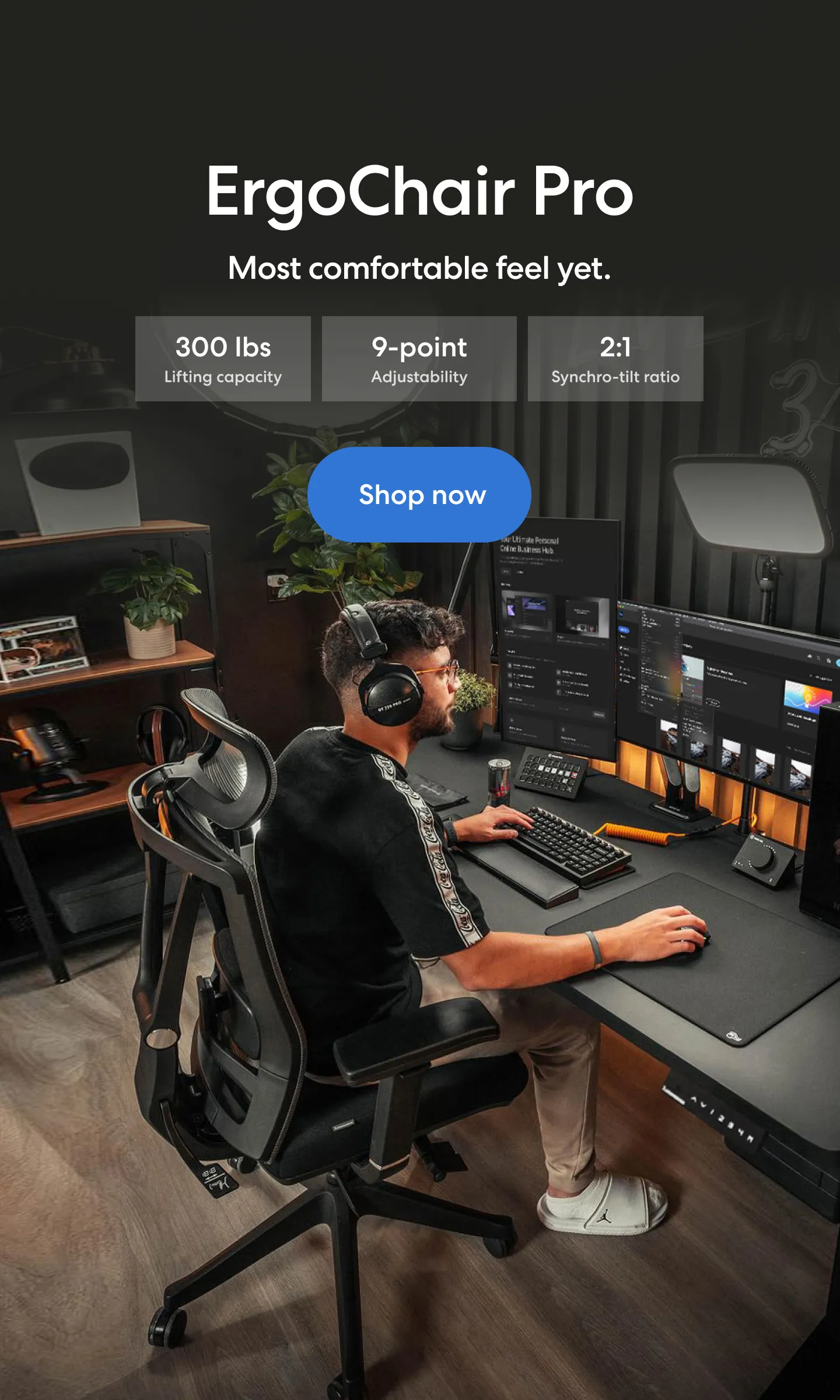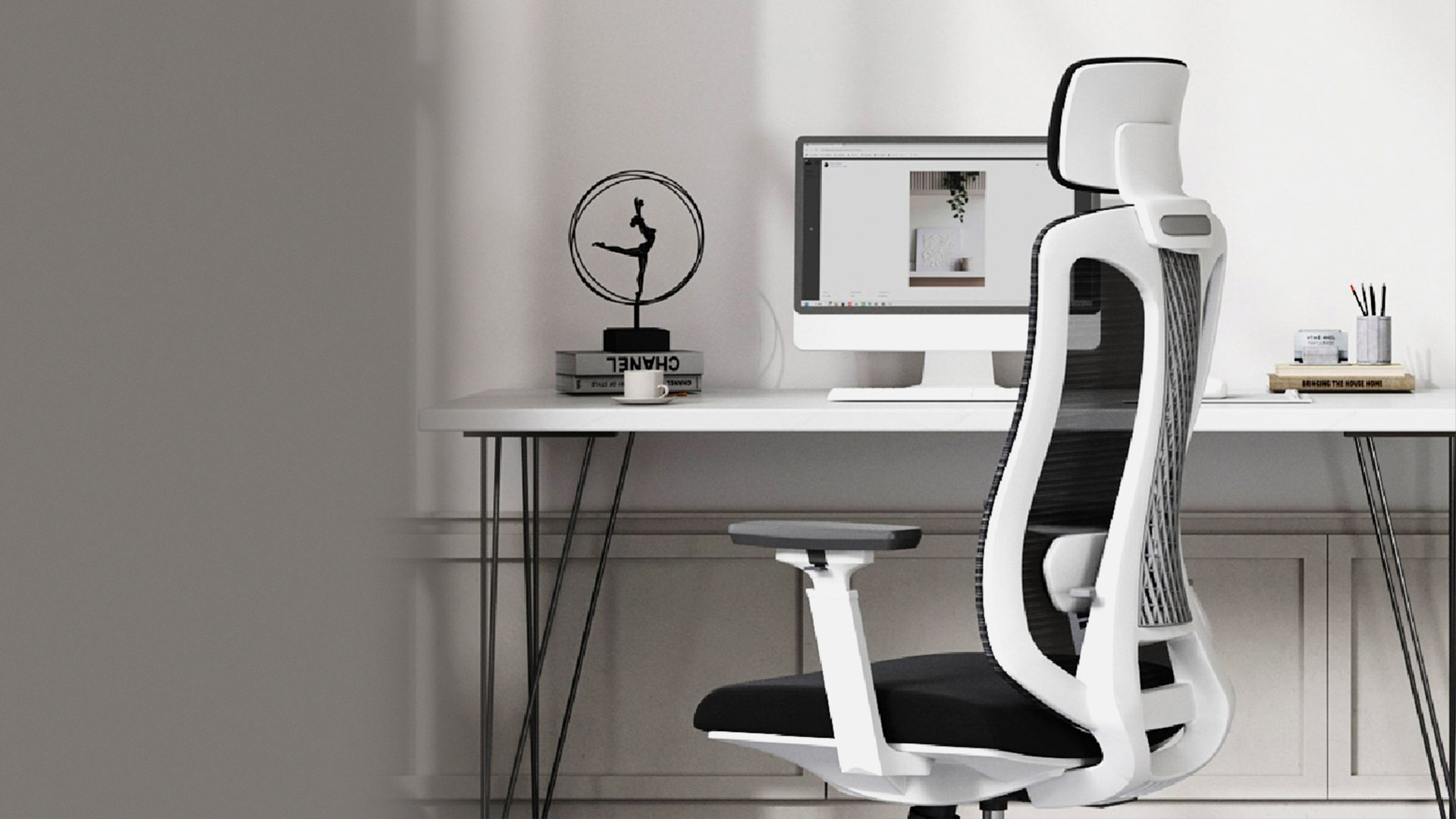
A Practical Guide to Office Chairs for Lower Back Pain Under $300
Table of Contents
Lower back pain is one of those quiet productivity killers. You sit down to work, and before you know it, you’re shifting around, stretching, or eyeing the clock—not because the day is long, but because your back is screaming at you.
The assumption a lot of people make is: “If I want real relief, I have to spend $600+ on a fancy ergonomic chair.” And while high-end chairs can be great, I’m here to tell you that you don’t need to empty your wallet to find real support. If you're looking for an office chair under $300 that helps with lower back pain, you’ve got options—you just need to know what to look for.
Why Does Sitting Hurt Your Back in the First Place?
Let’s back up a bit. Lower back pain at your desk isn’t always about a bad chair—it’s about how that chair supports (or doesn’t support) your body over time.
Here are some of the usual culprits:
- Poor lumbar support: When the chair doesn’t match the natural curve of your spine, your muscles have to do the work—and they get tired.
- Static posture: Staying in one position for too long can cause pressure to build up in your lower back.
- Leaning forward or slouching: This puts extra strain on your spine and can compress discs over time.
So even if your chair is soft and comfy at first, it might be quietly working against you.
Can a Chair Under $300 Actually Help?
Absolutely. In fact, some budget-friendly office chairs are better designed than overpriced ones with “executive” in the name. The key is finding one with thoughtful ergonomic features—even if they’re simple.
What matters more than price is whether the chair fits your body and lets you adjust your posture throughout the day.
Key Features to Look For (Even at a Lower Price)
When shopping for a lower-back-friendly office chair under $300, these are the features I always keep in mind:
1. Lumbar Support That Matches Your Curve
If your lower back isn’t supported properly, everything else falls apart. Look for a chair that follows the natural curve of your spine—especially in the lumbar area. Adjustable support is a major plus here, giving you room to customize the fit. If you’re not sure what that means in practice, this breakdown on office chairs with adjustable lumbar support goes into detail on what to look for.

2. Adjustable Height and Tilt
Your body posture starts at your feet. Ideally, your chair should let you sit with your feet flat, knees at 90 degrees, and your hips just slightly above the knees. A good tilt mechanism also helps reduce pressure on your spine during long hours of sitting. To fine-tune your setup, take a look at this guide on finding the ideal office chair height—small adjustments here can make a big difference.
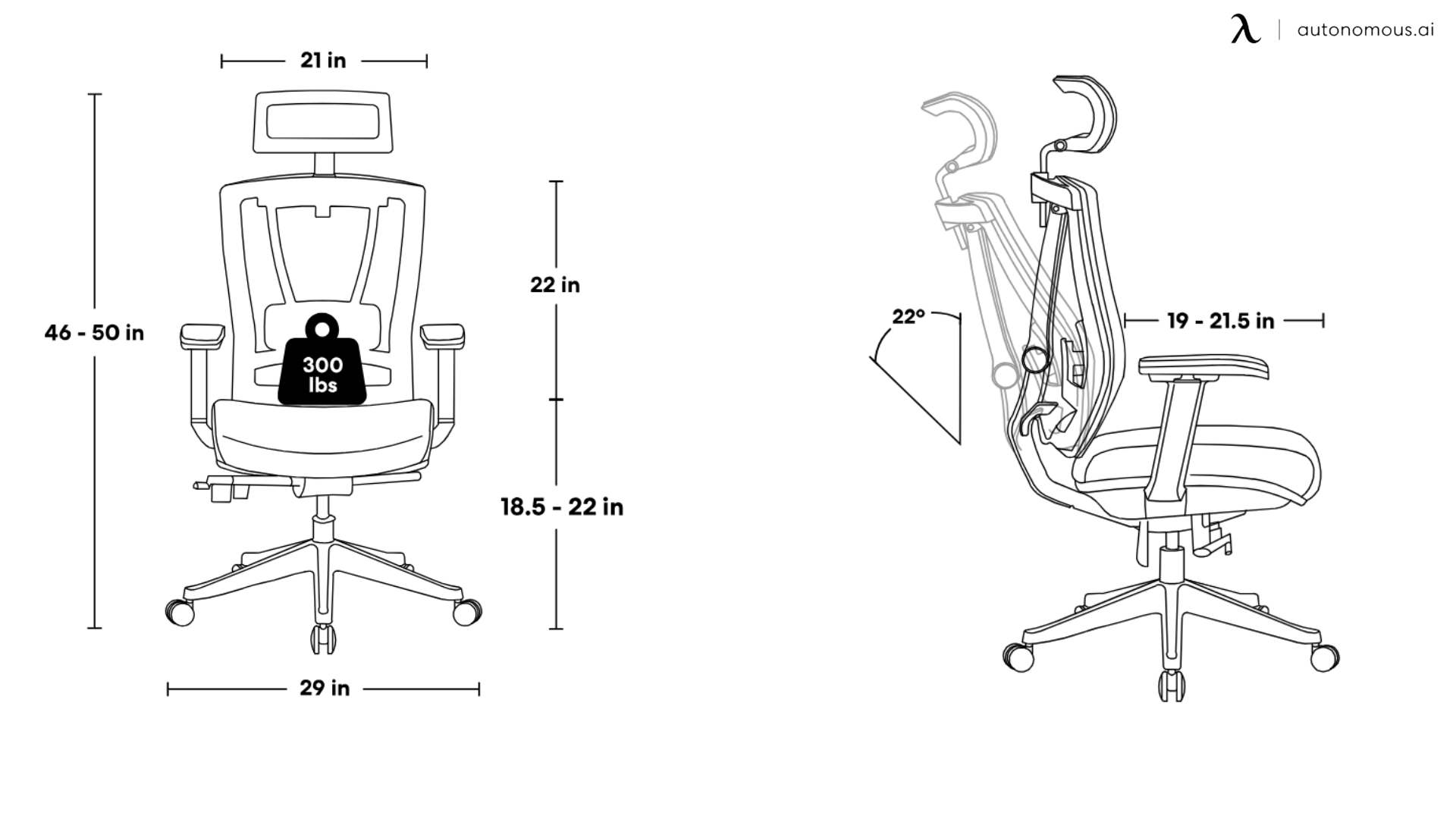
3. Breathable Material
Don’t underestimate how much material impacts comfort. Mesh chairs are a popular choice for good reason—they promote airflow, keep you cool, and tend to contour better to your back. But well-made fabric or padded chairs can also work, as long as they don’t trap heat or force stiff posture. If you’re debating between materials, this quick read on different office chair materials can help.
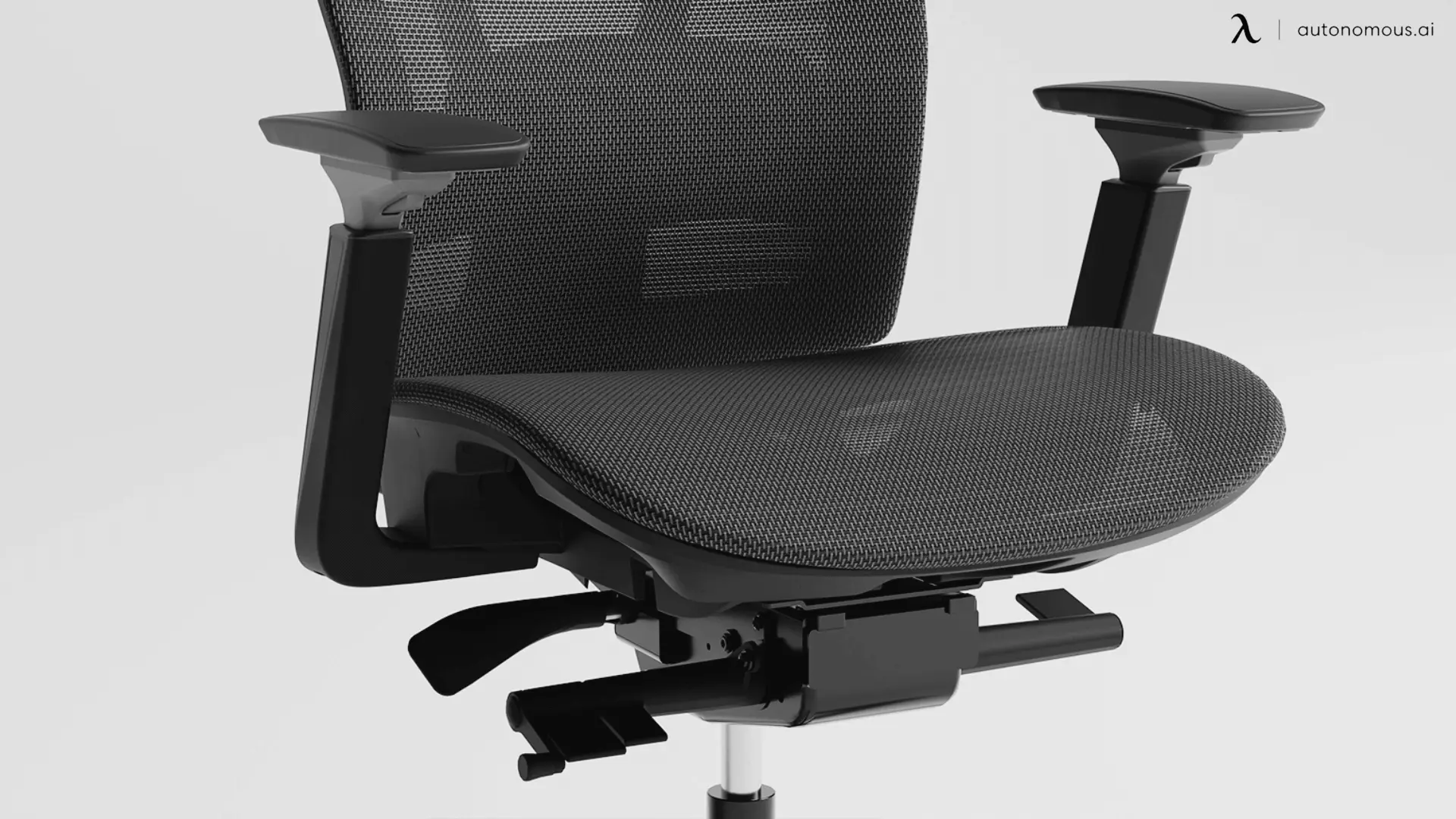
4. Seat Depth and Cushioning
Your back can only do so much if your seat’s not working with it. Office chairs with the right adjustable depth let you sit all the way back with 2–3 inches between the seat edge and your knees. Too shallow, and your legs don’t feel supported. Too deep, and you’ll end up leaning forward—which undoes all that lumbar support. Chairs with a thick, firm cushion tend to strike a nice balance.
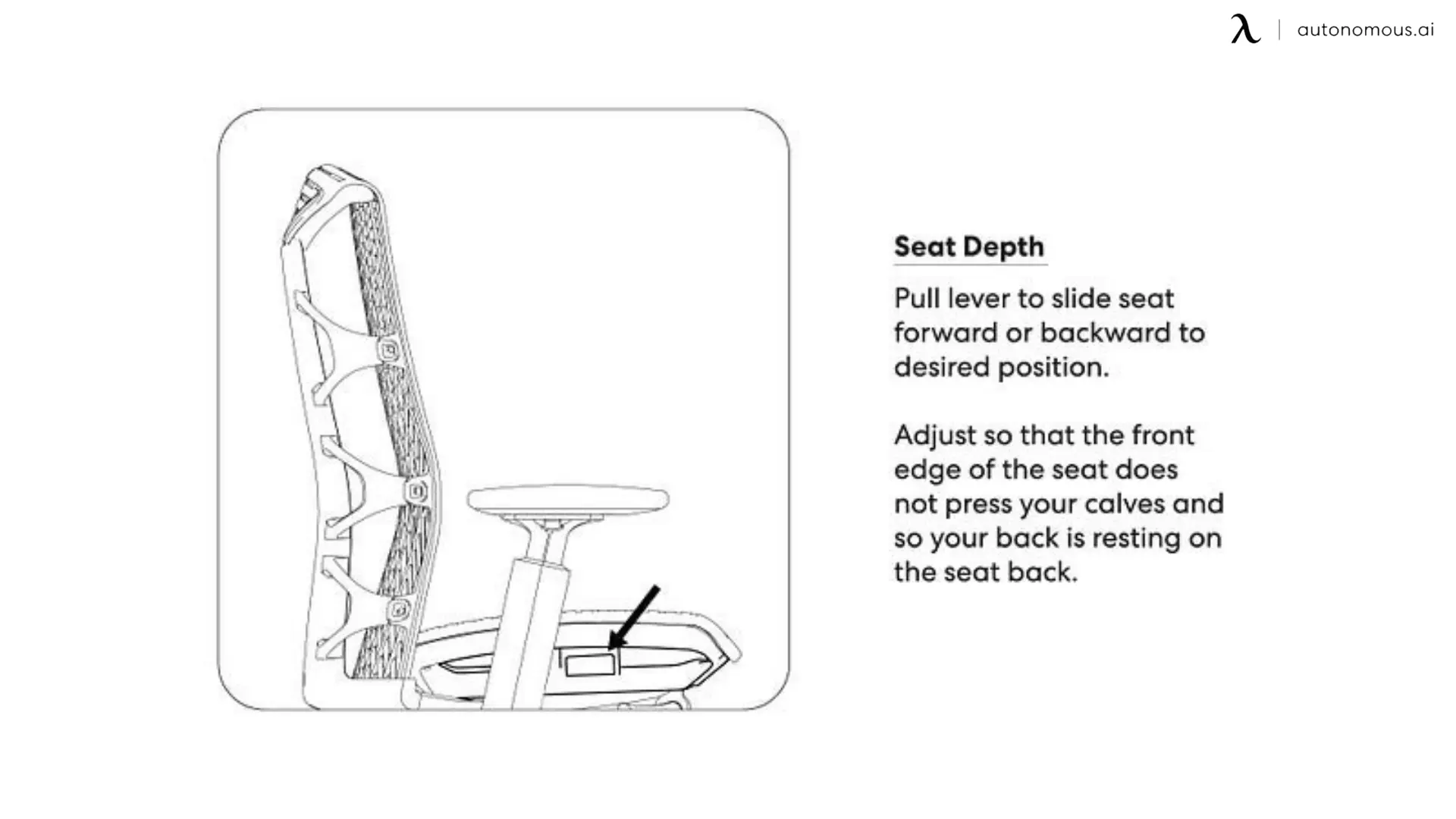
5. Adjustable Armrests (or Removable)
Armrests should help you stay relaxed—not mess with your posture. Look for office chairs with adjustable arm height so your shoulders can stay in a neutral, tension-free position. If you’re working with a smaller desk, models with flip-up or low-profile arms can give you more flexibility.
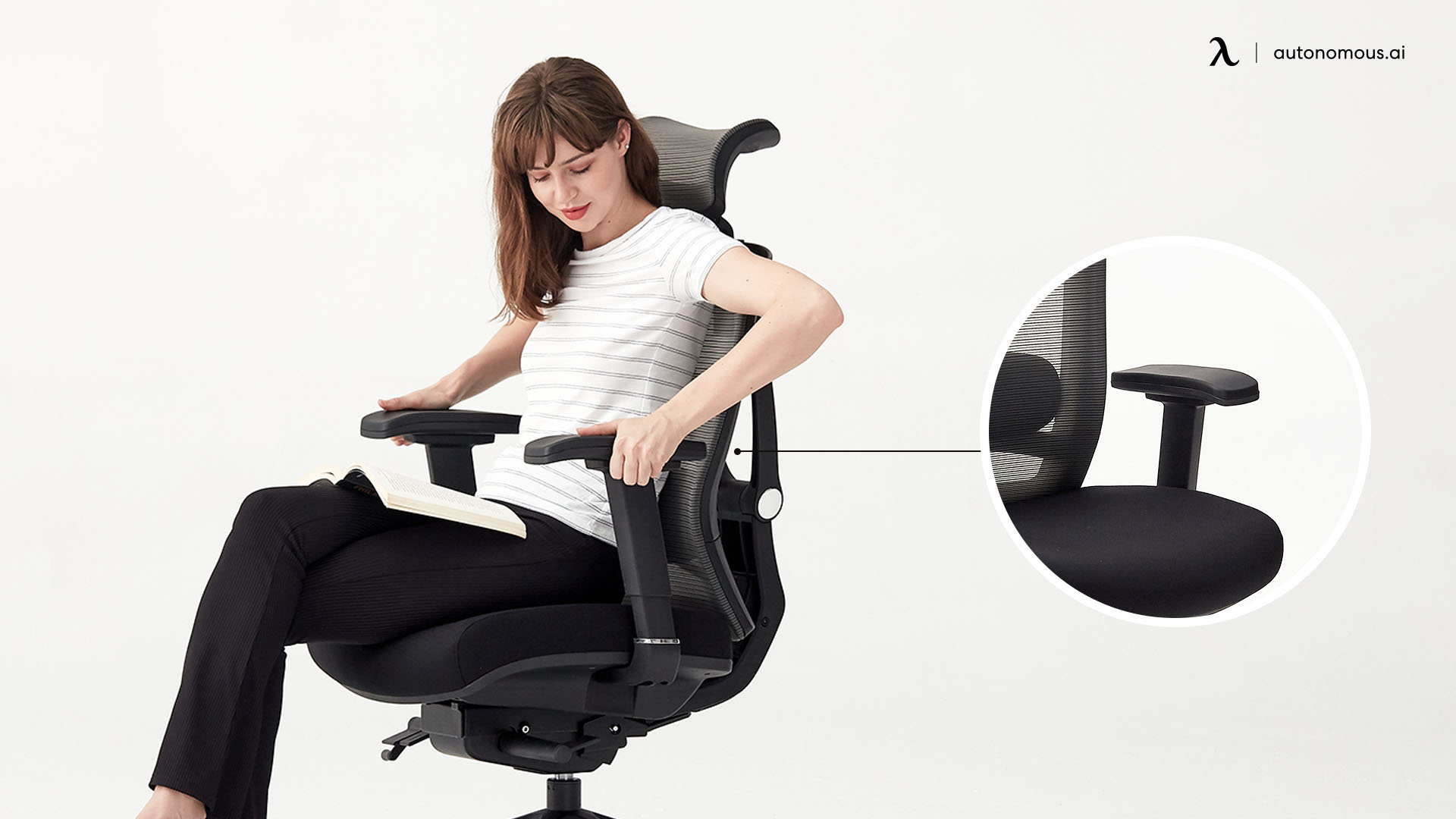
Signs a Chair Will Work for Your Back
Before you buy anything, do a quick check-in. Ask yourself:
- Can I sit all the way back without slouching?
- Does the backrest follow the curve of my spine?
- Are my feet flat on the floor when the seat is adjusted?
- After 30 minutes, do I feel supported or tense?
If the chair forces you into a weird position or you constantly feel like you’re compensating, that’s a red flag.
Add-Ons That Can Make a Budget Chair Better
Sometimes the frame is good, but the comfort’s just a bit off. Here are some simple tweaks:
- Add a lumbar pillow or a rolled towel to fill in the gap behind your lower back.
- Use a footrest (or a sturdy box) if your feet dangle or your thighs feel compressed.
- Adjust your monitor height to eye level so you’re not leaning forward constantly.
- Take short movement breaks—even standing for 2 minutes helps.
You Don’t Need to Overspend to Sit Well
The truth is, a good office chair doesn’t have to be expensive. You just want something that encourages a neutral posture, supports your lower back, and lets you move and adjust as your body needs.
I’ve tested plenty of chairs across all price points, and I can confidently say: there are some solid options under $300 that get the job done.
If you're setting up a small study space or campus dorm, this dorm room office chair guide highlights some of the best affordable ergonomic picks worth considering.
Lower back pain doesn’t need to be part of your workday. With the right setup—even on a budget—you can work comfortably, move better, and leave the desk without that all-too-familiar ache.
.svg)


